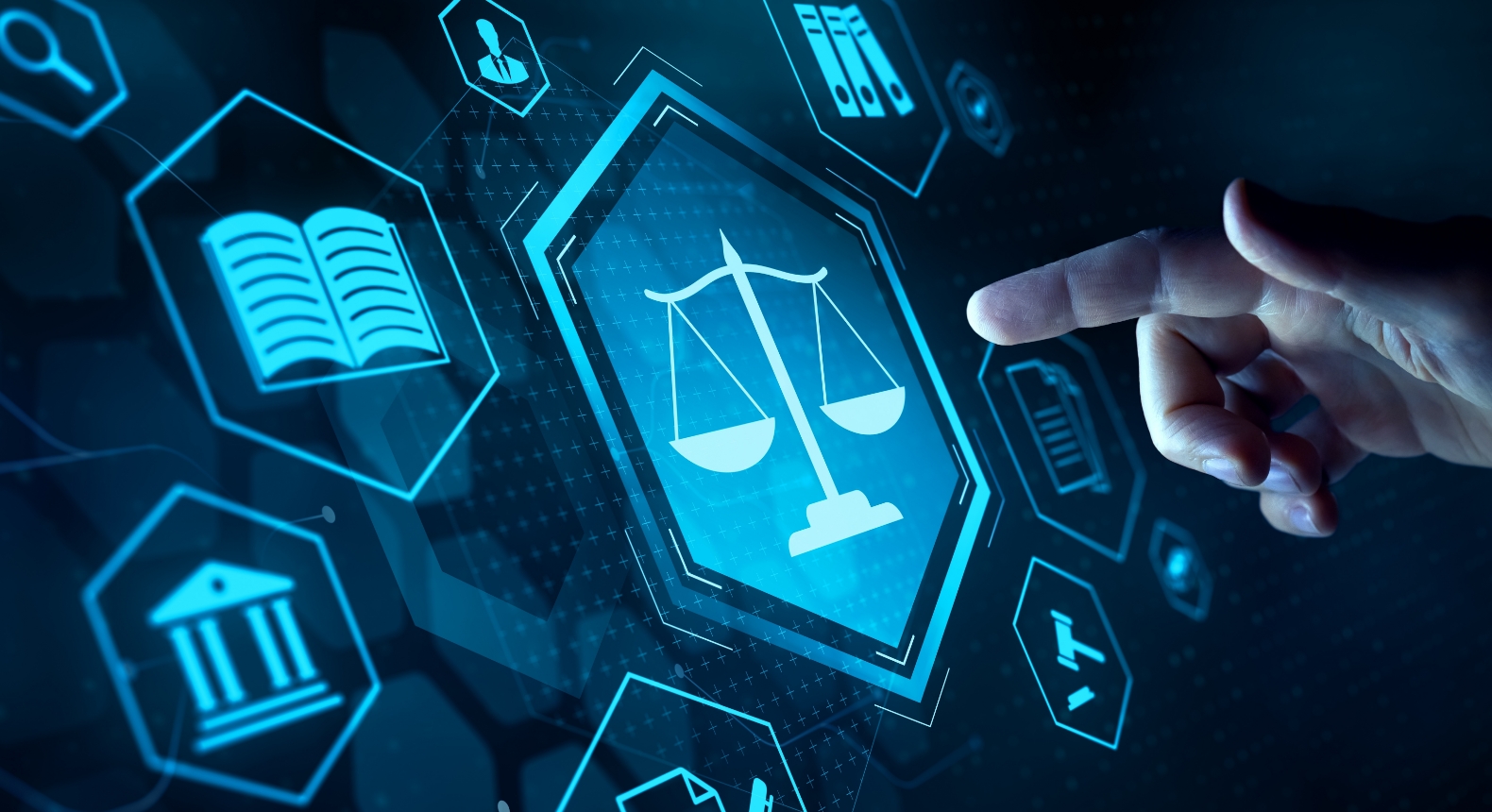ASOURCE®TIMES

執筆
弁護士・医師 渥美坂井法律事務所所属
メディアスホールディングス(株)社外取締役
越後 純子
筑波大学医学専門学群卒業。同大学大学院医学研究科、桐蔭横浜大学法科大学院修了。2010年に弁護士登録し、同年より金沢大学附属病院で院内弁護士としての活動を開始。2015年より虎の門病院に勤務。2022年1月より渥美坂井法律事務所に所属。メディアスホールディングス㈱社外取締役。
このコーナーでは、ダブルライセンスの元院内弁護士が、医療現場で役立ちそうな、法律や倫理的なトピックをご紹介します。
前回は、院内で録音を求められた場合の対応について解説しました。今回は、写真、動画の撮影について解説していきます。

個人の声紋で識別できるという点では前回扱った録音も個人情報ではありますが、顔が映った写真や動画では本人の識別が容易になりますので、保護の要請はより強まります。
自宅で自分自身を撮影することは自由ですが、他人の管理する施設において施設管理者によって禁止されている場合は、自分自身の撮影も自由に行えません。ただし、明示的に禁止されていない場合は、撮影が許容されていると受け取られ、自由に撮影されているのが現状です。
施設管理者は、自らの施設内において自らが管理・支配している範囲の施設や職員等のみの撮影であれば、自らの判断で決められます。しかし、来院者等の自らの支配権が及ばない者が映り込んでしまう形での撮影を肖像権上、無断で承諾することはできません。
病院における撮影には、そもそも来院していること自体を知られたくない患者や、他人の機微に触れる情報や信用に影響する内容が含まれてしまう場合があります。したがって、単に録音、録画の可否という視点だけではなく、管理者による管理権の及ばない他人の権利も含め、諸般の事情を総合的に考慮して許諾の要否を判断する必要があります。
録音に比べると、医療者が対象となる撮影は面と向かって行う性質上、無断では行いにくいため、許可を求められることが多いですが、相手が気づいていない状態で映り込んでしまう形での無断撮影は日常的に少なからず行われています。前述のように、画像は音声に比べて撮影された第三者を識別できる可能性が高く、無断撮影された者の権利を侵害する可能性も高いことを考慮すると、不本意ながらも無断撮影を甘受することは適切とはいえません。
施設管理者には管理権がありますから、管理権に基づき、利用者の行動に一定の制限を加えることができます。他方、利用者においてはその指示に従う義務があります。したがって、管理者はその管理権に基づいて、来訪者に施設内での撮影等の行動を制限することもできます。
具体的には、無許可の撮影を禁止し、撮影時には目的やその態様によって事前許可を求めるという運用が実践的です。ただし前述のように、肖像権を有する者の撮影まで許可することはできないので、個別に許可を得る必要がある旨を併せて伝えることが求められます。例えば、許可を求めるレベルは、入院している個室内とTV番組の取材では考慮要素が異なりますので、撮影等の態様によって、職員の映り込み等も含めて考慮した上でルールを定めれば、柔軟な対応が可能です。
コロナ禍において、オンライン診療、病状説明、面会等非接触の面談が求められるようになり、大きくニーズが変わりました。これらはいずれも、相手方が限定されていますが、医療者が撮影対象になるか否かで判断が違います。厚労省が「オンライン診療の適切な実施に関する指針」を発出しており、公的な見解と考えられますので、まずは、医療者が撮影対象となるオンライン診療について考えてみましょう。
同指針には、「患者に実施を求めるべき内容」として「医師側の了解なくビデオ通話を録音、録画、撮影してはならないこと。」が定められています。ネットを介したやりとりの場合は、勝手に録画されても分からないという状況がありますので、それも念頭におき、発言には注意する必要があります。
次に、医療者が撮影対象とならない例としてオンライン面会があります。患者と面会者のみの直接のコミュニケーションであれば、通常、他者の権利を侵害することは考えにくいので、録画を許容しやすい類型になります。しかし、多床室の場合等は、他の患者や職員の映り込みを避ける必要があります。
実際、入院患者がモバイル端末を所持している以上、動画アプリでの院外へのコミュニケーションを完全に規制することはほぼ不可能なので、それに準じて考えることが現実的です。ただし、患者の意識が無い状態や、認知機能が低下している等、本人が撮影していることを了承していない状態で、室内の様子を監視するような目的でのカメラの設置を求める家族に対しては、画一的に捉えるべきではなく、個別事情の検討が必要です。
医師と患者家族の面談については、必ずしも医療行為ではなく、前述のオンライン診療と、オンライン面会の中間くらいの位置づけになります。利用目的や頻度が医療機関によって異なりますから、それらに応じたルールを定めることが推奨されます。
院内で撮影された写真、動画の公衆送信や、動画のリアルタイム送信が可能なサイトを使って、配信するケースについて検討します。
個人の記録用として撮影等を行う場合と異なり、デジタル化して、ネットワーク上に置くことによって、特定の者に限定して配布したとしても、不特定にむけて公開するということが容易になり、瞬時に拡散することが懸念されます。
例えば、近時、飲食店の醤油さしを舐める等の行為を撮影した動画投稿が偽計業務妨害罪という犯罪に該当する行為として大炎上し、社会を震撼させました。
ひとたび事が起きると、社会的信用は失墜し、取り返しがつかないことになりかねません。したがって、人の生命身体の安全を預かる医療機関の施設管理者としては、このような状況にならないように、平素から無断撮影を禁止する院内の規定を定める等、適切に管理権を行使することが重要です。リアルタイムの公衆配信についてはとりわけ注意が必要です。
医療機関の性質によっては、一律に全ての投稿を禁止する必要はないかもしれませんが、事前に確認を求める等、管理権を行使していることをアピールすることで、コントロールすることは有効です。そのような方法であれば、好意的な取材への対応も可能です。
次回は、防犯カメラ、手術映像等、医療機関側が撮影者になる場合について、検討していきます。